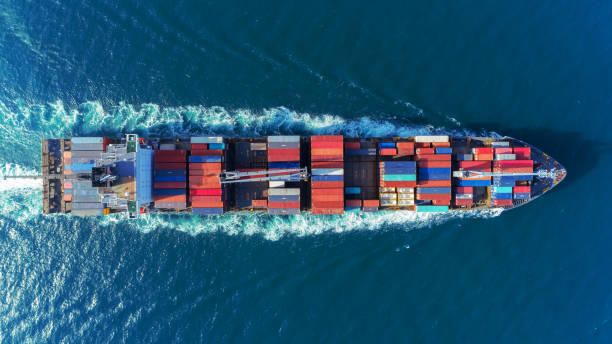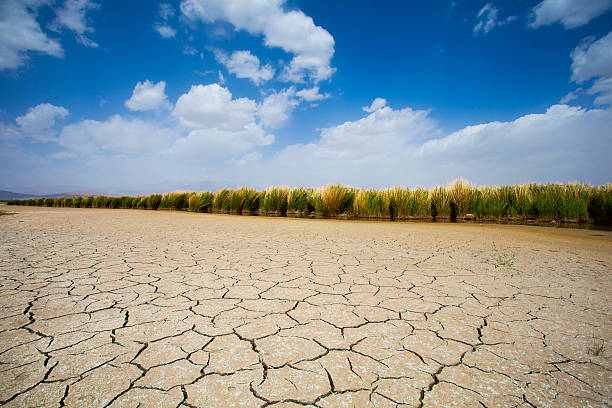Severe drought has drastically lowered water levels in the Mississippi River, causing ships to run aground. To address this, the U.S. Army Corps of Engineers is deploying a dredge ship near Vicksburg, Mississippi, to clear silt and maintain commercial traffic. The Corps’ chief of navigation warned that these low levels could have significant financial repercussions.
This issue reflects broader disruptions in the shipping industry due to climate change. The Panama Canal, for example, faced severe drought this summer, leading to reduced ship traffic and major supply chain delays. Similar restrictions in 2019 cost the global shipping industry up to $370 million.
Record-low water levels in the Mississippi River in 2019 also led to about $1 billion in losses due to disrupted agricultural goods transport. Furthermore, a “bomb cyclone” off Vancouver Island in October 2021 caused 109 containers to fall overboard.
Maersk, the world’s second-largest container shipping company, recognizes the threat of climate change to the industry. Narin Phol, Maersk’s North American president, highlighted that ongoing disruptions are impacting supply chains globally.

With 90% of traded goods transported by sea and maritime trade expected to triple by 2050, the industry faces rising risks from storms, flooding, drought, and heat.
The RTI International study, reviewed by the Environmental Defense Fund, estimates that climate change could cost the shipping industry up to $10 billion annually by 2050 and $25 billion by 2100. Despite this, shipping remains slow to reduce carbon emissions.
Maersk’s recent introduction of a green methanol-powered containership is a step forward, but the fuel is both costly and limited. Hakan Agnevall of Wartsila emphasized that while the technology for new fuels is available, significant investments and production of green fuels are needed.
The shipping sector contributes about 3% of global greenhouse gas emissions. Though the industry has set a net-zero goal by 2050, experts argue that more ambitious targets are needed to meet the Paris Agreement’s climate goals.
In response, companies like Maersk and Wartsila are enhancing resilience through improved ship design, weather monitoring, and digital tools for better planning and adaptation to climate-related disruptions.

